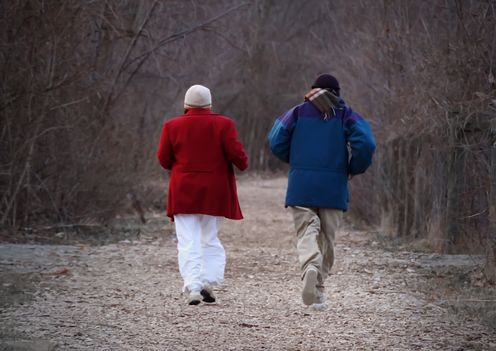
Emerging evidence suggests physical activity is a good means of preventing a stroke. In the event that someone who regularly exercises does have a stroke, they are likely to have a less severe stroke and better outcomes in the early and later stages of rehabilitation.
The American Heart Association has adopted regular physical activity as one of the key factors in its strategy to prevent and reduce the impact of cardiovascular disease and stroke.
We know that physical activity is good for us, but many still struggle to fit it into their daily routine. Even those who have several risk factors for cardiovascular events such as stroke or heart attack are reluctant to exercise. The main reasons they report for not exercising are lack of energy, interest and motivation.
Many people report they are physically active, but are not interested in going to a gym or being involved in formal, structured (and perhaps costly) exercise.
Public health messages have almost given up on getting people to exercise. Instead they tell us sitting is bad for you, and we should sit less and move more, because prolonged sitting (and too much TV) will hasten our death.
The elusive question in the research is how much exercise has to be done to reap the cardiovascular benefits. Humans are fickle creatures and it is not easy to measure their physical activity habits in terms of intensity, duration, frequency or even optimal type of exercise. All we know is that something is better than nothing.
Men vs women
Actually capturing the amount of exercise undertaken can be difficult, so many large-scale cohort studies have had to reduce the questions to simple measures. Questions might ask how many times a week a person exercises, how far they walk and at what pace.
Our research has shown that men needed to exercise at a vigorous intensity, enough to work up a sweat, four times a week to protect against stroke. There was no relationship between vigorous activity and stroke risk in women.
Instead, other large research trials found women who walked for longer (more than two hours per week) and at a brisk pace were less likely to suffer stroke than those who walked at an easy pace.
We reviewed the literature to show that quite a number of disparities exist in the optimal intensity and amount of exercise for men and women.
The overall impression is that men should exercise harder than women to get the same health benefits. However, we are not sure why this is. Is there really a difference in the way that men and women respond to exercise, or has the research to date failed to answer this question adequately?
The large-scale epidemiological studies we looked at included those investigating men and women. They all asked different questions to measure levels of physical activity, targeting different exercise types and intensities. Walking was more commonly studied, and in more detail, in women, which explains the larger body of evidence for that in female participants.
Even studies comparing men and women have focused their questions towards low or moderate to vigorous physical activity, making direct comparisons between exercise intensity difficult.
We would need a large-scale study asking people to exercise at different dosages, regularly and consistently, and then follow them for at least ten years to collect their health outcomes. This would take thousands of participants, numerous sites and possibly millions of dollars.
In the meantime we should stick to the department of health’s guidelines and sit less and move more.
Michelle McDonnell has received research funding from the National Health and Medical Research Council, the National Stroke Foundation, the Ian Potter Foundation, the Nancy and Vic Allen Stroke Prevention Fund and the Brain Foundation.
